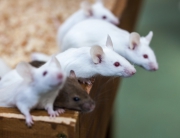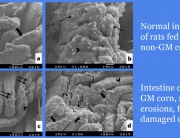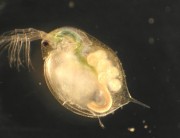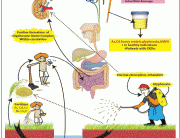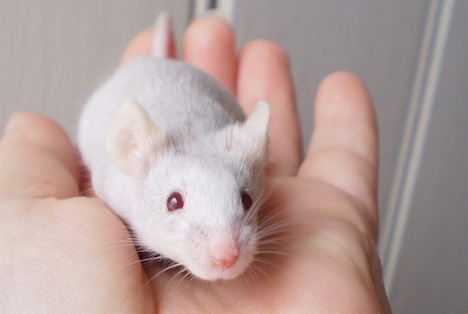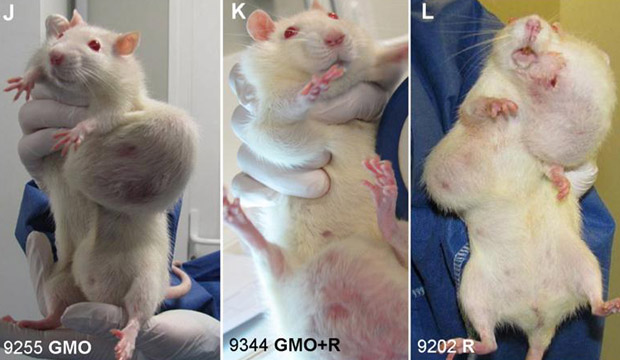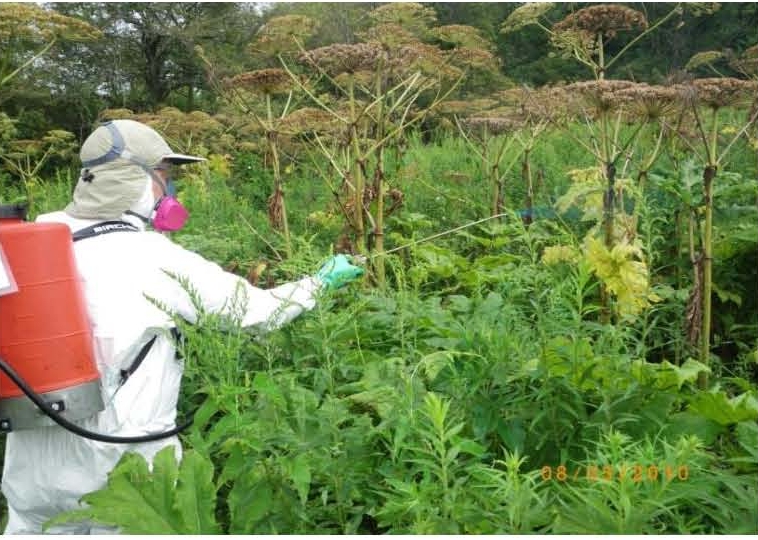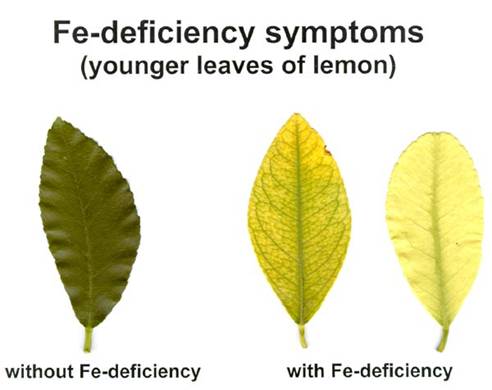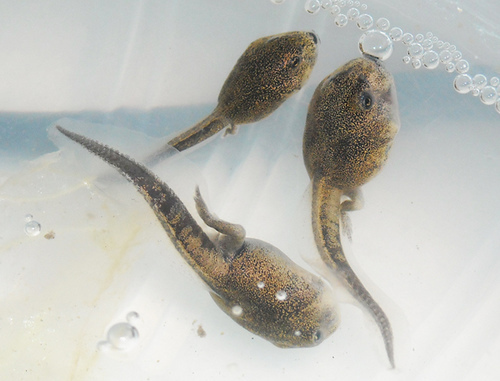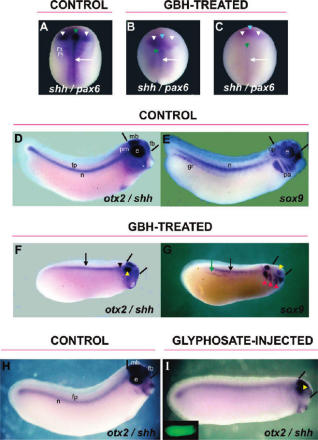A novel method was used in this research, to select and isolate those bacteria from the Chinese river water which contained DNA suspected to derive from GMOs. These were then carefully studied to demonstrate that the DNA could not have come from other sources (e.g. mutation/natural selection).
Source: lib.bioinfo.pl
‘A Survey of Drug Resistance bla Genes Originating from Synthetic Plasmid Vectors in Six Chinese Rivers.’
Authors
Chen J, Jin M, Qiu ZG, Guo C, Chen ZL, Shen ZQ, Wang XW, Li JW
Abstract:
Antibiotic resistance poses a significant challenge to human health and its rate continues to rise globally. While antibiotic-selectable synthetic plasmid vectors have proved invaluable tools of genetic engineering, this class of artificial recombinant DNA sequences with high expression of antibiotic resistance genes presents an unknown risk beyond the laboratory setting. Contamination of environmental microbes with synthetic plasmid vector-sourced antibiotic resistance genes may represent a yet unrecognized source of antibiotic resistance. In this study, PCR and real-time quantitative PCR were used to investigate the synthetic plasmid vector-originated ampicillin resistance gene, β-lactam antibiotic (blá), in microbes from six Chinese rivers with significant human interactions. Various levels of bláwere detected in all six rivers, with the highest levels in the Pearl and Haihe rivers. To validate the blápollution, environmental plasmids in the river samples were captured by the E. coli transformants from the community plasmid metagenome. The resultant plasmid library of 205 ampicillin-resistant E. coli (transformants) showed a blá-positive rate of 27.3% by PCR. Sequencing results confirmed the synthetic plasmid vector sources. In addition, results of the Kirby-Bauer disc-diffusion test reinforced the ampicillin-resistant functions of the environmental plasmids. The resistance spectrum of transformants from the Pearl and Haihe rivers, in particular, had expanded to the third- and fourth-generation of cephalosporin drugs, while that of other transformants mainly involved first- and second-generation cephalosporins. This study not only reveals environmental contamination of synthetic plasmid vector-sourced bla’ drug resistance genes in Chinese rivers, but also suggests that synthetic plasmid vectors may represent a source of antibiotic resistance in humans.









